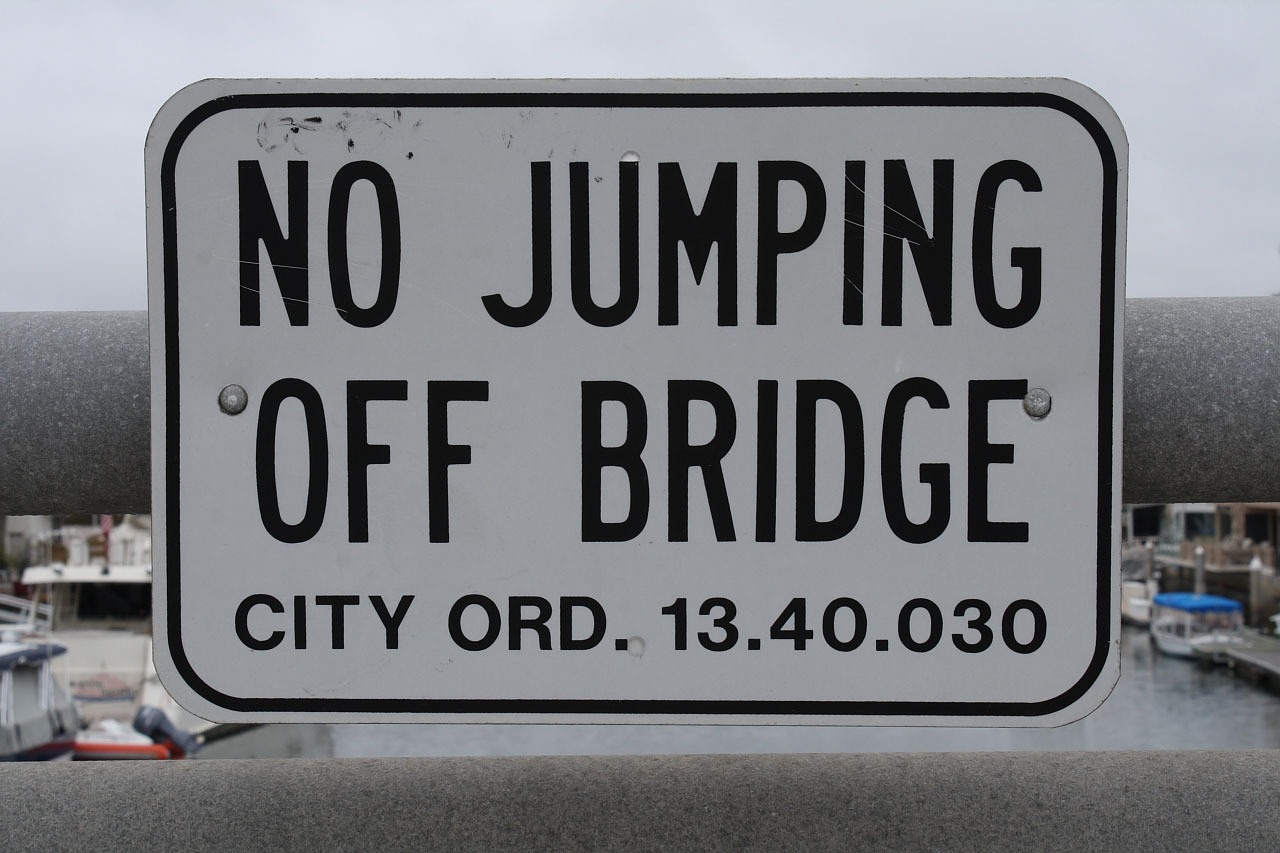10 KEY STEPS TO DEVELOP END OF LEASE NEGOTIATION STRATEGY
Several activities may be performed by the lessor at the end of lease. These include negotiation with the lessee and the first thing to do is to look at the lease agreement to ascertain the end of lease rights and obligations. The agreement may for instance provides for renewal,…
Read MoreWINNING THE LEASE
These involve several ingredients including: ¨ Identifying the type of lessee: Are they those that need to lease (motivated only by cash consideration e.g. MSMEs or those that want to lease (motivated by other factors apart from cash e.g. large corporate organisations. The approach to the two types of lessee…
Read MoreUNDERSTAND COMPLIANCE ISSUES IN LEASING
The Equipment Leasing Act (the new law on leasing in Nigeria), provides guide on how you must drive your business in a way and manner that does not put you at any form of risk. The compliance issues include: Lessors (owners of asset) shall be a limited liability…
Read MoreRED FLAGS IN THE ANALYSIS OF BUSINESS PROPOSALS AND OPERATIONS.
WATCH OUT FOR THESE RED FLAGS IN THE ANALYSIS OF PROSPECTS’ BUSINESS PROPOSAL AND OPERATIONS. Before you finance a lease for a lessee (user of asset), there are several factors that portend danger in the performance of a firm, especially corporate customers.. These can make the difference between success…
Read MoreSTRATEGIES TO OVERCOME COMMON OBJECTIONS IN LEASING
It is important for the lessor (owner of asset) to identify objections that may come your way as you prospect for business. Some of the most common objections include: Leasing is more expensive The entity wants to acquire through cash Leasing is complex The entity believes in ownership Non…
Read MoreINGREDIENTS OF RISK MITIGATION IN LEASING III
Complexity is the degree of sophistication of the asset in terms of engineering design specification, which the lessee must aver to in writing to the lessor that it is operationally appropriate for its business. This reduces the risk of downtimes and the ability to yield revenue targets needed for…
Read MoreINGREDIENTS OF RISK MITIGATION IN LEASING II
Capacity is the ability of the lessee to honour his financial obligations to the lessor and other creditors as determined by the assessed viability of the business or intended use of the lease facility. This can be done by appraising the profits which are the main source of funds…
Read MoreINGREDIENTS OF RISK MITIGATION IN LEASING
In any venture, the question of risk cannot be overlooked in the sense that the investor is taking the chance that the investment might not eventually yield the desired return or the actual cash flow might fall below expectation. Hence, in every investment particularly leasing, risk must be analysed….
Read MoreHOW TO REDUCE WASTAGE ON RESIDUALS
Residual value analysis is a comprehensive process aimed at determining the future value of equipment at specified times during the lease term and at expiration. The issue of residual value is very crucial in leasing. In operating lease for example, the lessor is more likely to rely upon the…
Read MoreHOW TO ARRIVE AT LESSOR’S INTERNAL RATE OF RETURN (IRR)
As a lessor (owner of asset), you have two objectives in arriving at IRR (interest rate) for lease: to be competitive and ensure adequate return to cover all cost and satisfy shareholders. To be competitive, you must always keep abreast of market rates and then attempt to stay within…
Read More









